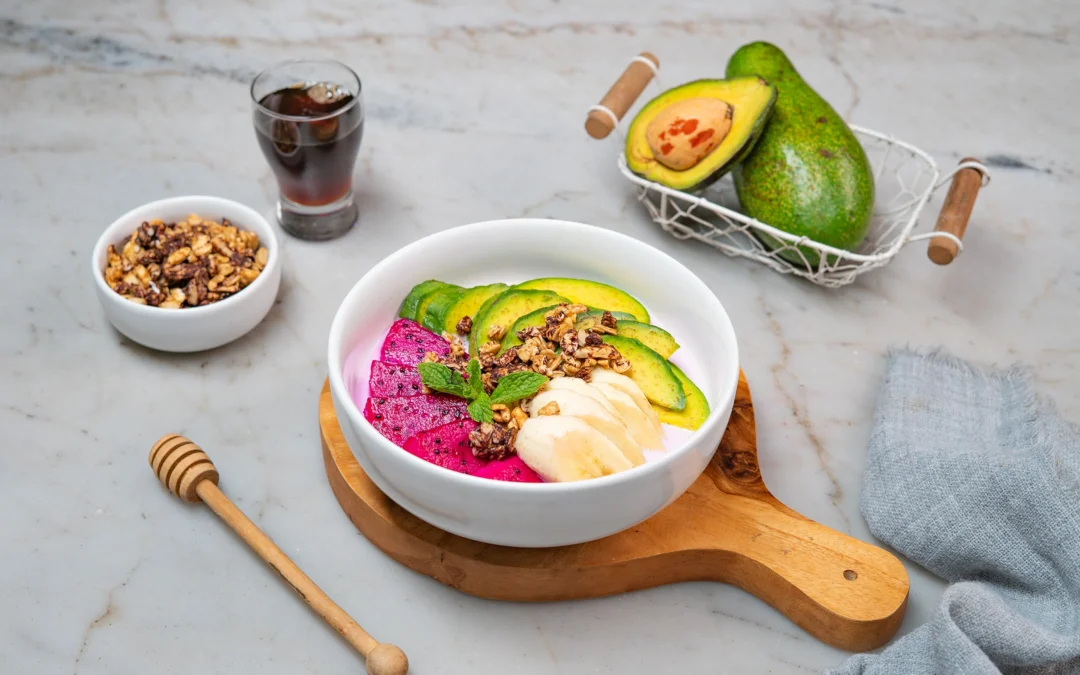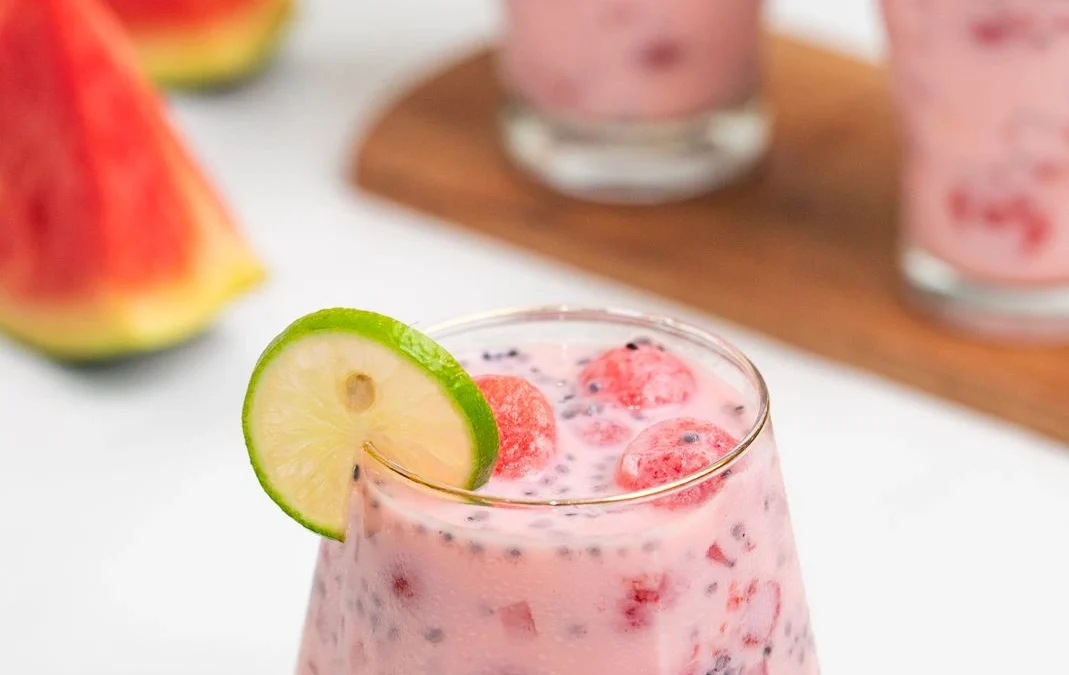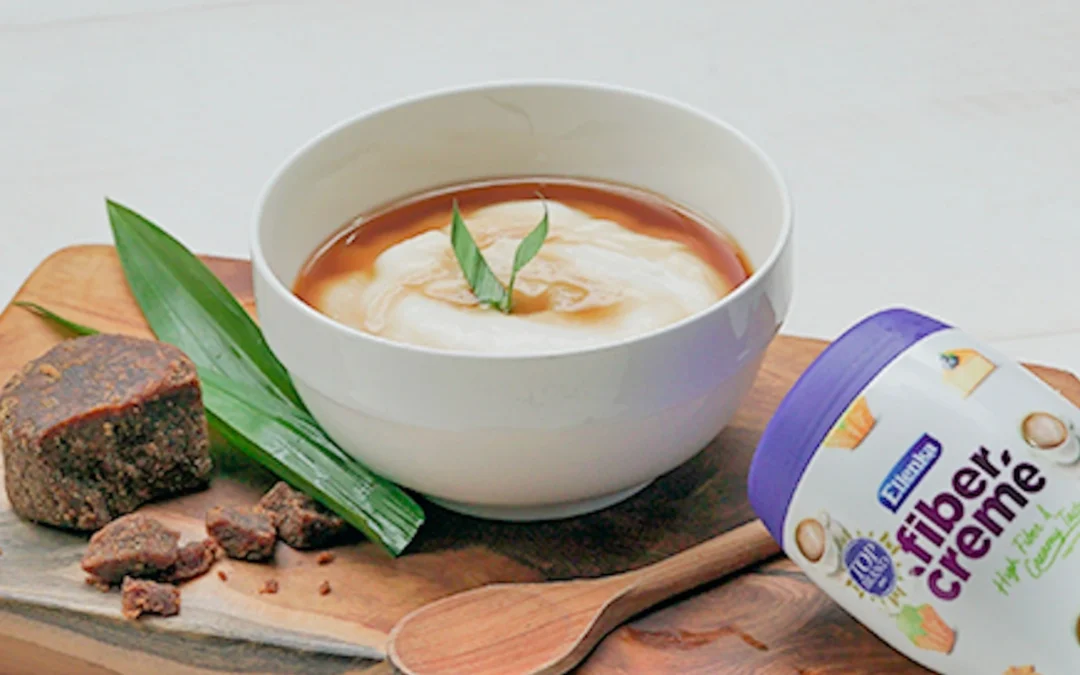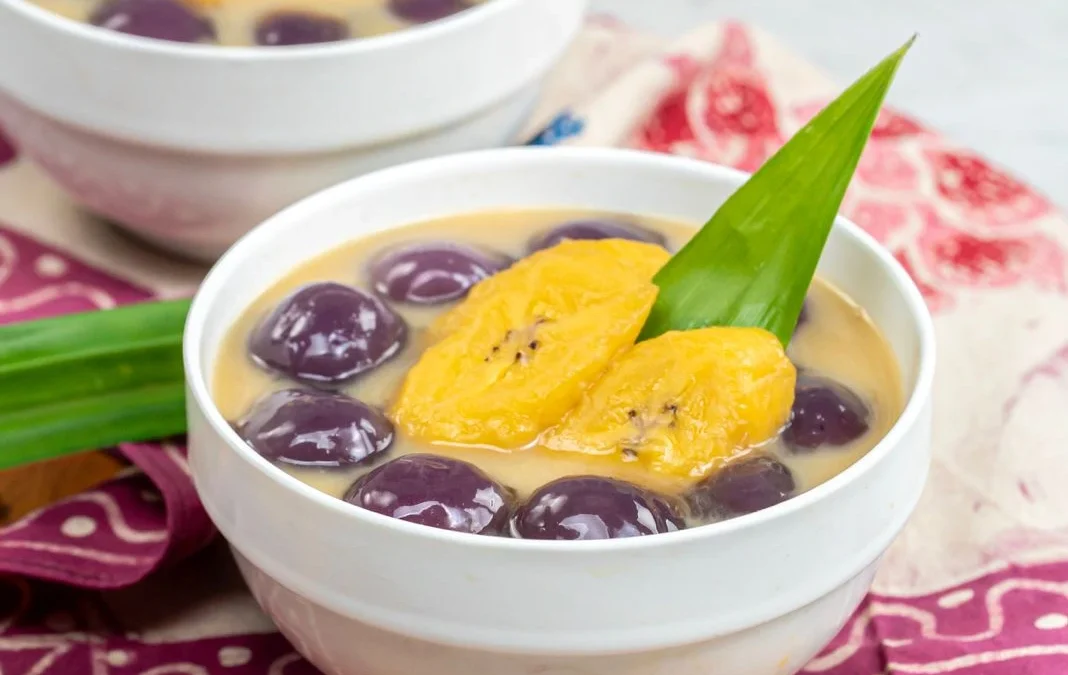 Avocado is one of the most popular fruits thanks to its creamy taste, smooth texture, and rich nutritional value. It’s also well-known for its versatility, you can turn it into smoothies, salads, guacamole, or even healthy ice cream. Unfortunately, choosing the right avocado can often be tricky. Picking the wrong one might leave you with fruit that’s under-ripe, overripe, or even brown and spoiled inside. To avoid disappointment, let’s learn how to choose a good avocado so you can enjoy its best taste and texture.
Avocado is one of the most popular fruits thanks to its creamy taste, smooth texture, and rich nutritional value. It’s also well-known for its versatility, you can turn it into smoothies, salads, guacamole, or even healthy ice cream. Unfortunately, choosing the right avocado can often be tricky. Picking the wrong one might leave you with fruit that’s under-ripe, overripe, or even brown and spoiled inside. To avoid disappointment, let’s learn how to choose a good avocado so you can enjoy its best taste and texture.
How to Choose a Good Avocado
 Here are some tips for choosing an avocado that’s good, ripe, and ready to eat.
Here are some tips for choosing an avocado that’s good, ripe, and ready to eat.
1. Check the Skin Color
The skin color of an avocado can give you an early clue about its ripeness. Unripe avocados are usually bright green, while ripe ones often turn dark green to almost black, depending on the variety.
However, color alone isn’t always reliable. Certain types, like butter avocado, remain green even when fully ripe. That’s why it’s important to look for other signs to ensure accuracy.
2. Test the Texture by Touch
The feel of an avocado can be a strong indicator of ripeness. Hold the avocado and gently press it with your fingertips:
- If it yields slightly but isn’t mushy, it’s perfectly ripe.
- If it’s hard, it’s still unripe and will need a few days to soften.
- If it’s too soft or feels hollow inside, it’s likely overripe.
This technique ensures you get an avocado that’s ready to enjoy exactly when you need it.
3. Inspect the Skin Condition
A healthy avocado usually has smooth skin without large black spots or obvious bruises. Dark spots often mean the flesh inside has started to deteriorate. Choosing one with intact skin will give you clean, fresh slices when served.
4. Check the Stem End
The small stem at the top of the avocado is a great ripeness indicator that’s often overlooked. Try removing it:
- If it comes off easily and reveals bright green flesh underneath, the avocado is perfectly ripe.
- If it’s brown underneath, the inside may already be spoiled.
- If it’s hard to remove, the avocado is still unripe.
This method is an effective way to know what’s inside before cutting it open.
5. Choose Based on When You’ll Eat It
If you plan to eat the avocado right away, choose one that’s already ripe. If you’ll be keeping it for a few more days, opt for one that’s slightly firm. Unripe avocados will ripen naturally at room temperature, which also extends their shelf life.
You can speed up the ripening process by placing the avocado in a paper bag along with a banana or apple. These fruits release ethylene gas, which helps avocados ripen faster.
6. Consider the Avocado Variety
Aside from ripeness, you might also want to consider the type of avocado. For example, Hass avocados typically have rough skin and a richer, creamier flavor, while local varieties like butter avocado have thick flesh and a bright yellow color. Knowing the variety helps you choose according to your taste and recipe needs.
Read More: 11 Modern Pumpkin Dishes You Have to Try
Turn Avocados into Delicious and Healthy Dishes with FiberCreme!
Now you know how to choose a good avocado so you can enjoy creamy, fresh, and flavorful results. The next step to making your avocado dishes extra special is pairing them with FiberCreme! This multi-purpose creamer powder is a healthier alternative to coconut milk, packed with fiber, low in sugar, and contains 0 mg cholesterol. It’s perfect for making avocado smoothies, creamy salad dressings, avocado pudding, and even whipped avocado drinks, without the guilt.
With FiberCreme, you can enjoy avocado’s naturally creamy texture while keeping your nutrition in check. Its smooth, savory taste blends beautifully with the natural sweetness of avocado, creating dishes that are not only delicious but also healthier.
So, start exploring delicious and healthy avocado creations with FiberCreme! Find more inspiration on Instagram @FiberCreme_TV and on the Ellenka YouTube channel.






0 Comments